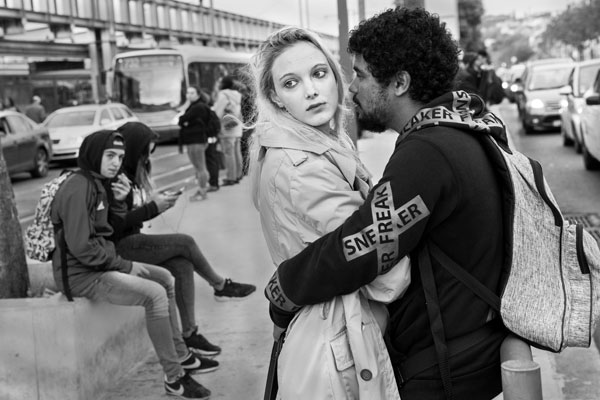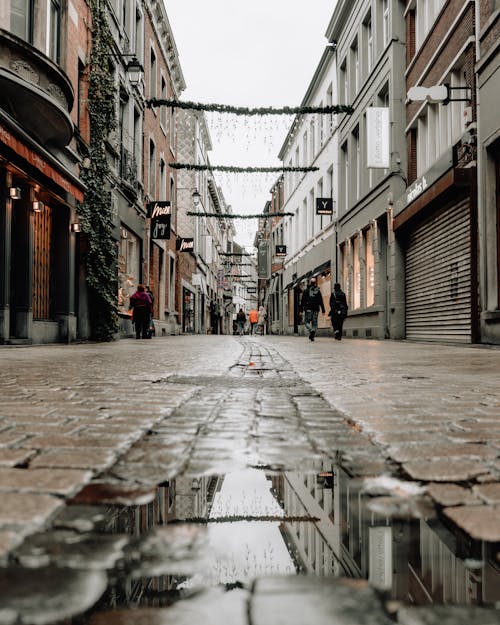Unknown Facts About Framing Streets
Wiki Article
The 8-Second Trick For Framing Streets
Table of ContentsThe 6-Minute Rule for Framing StreetsThe Buzz on Framing StreetsA Biased View of Framing StreetsThe 5-Second Trick For Framing StreetsThe Main Principles Of Framing Streets The Of Framing Streets
, normally with the objective of catching images at a definitive or touching moment by cautious framework and timing. https://www.domestika.org/en/framingstreets1.
His boots and legs were well defined, yet he is without body or head, since these were in motion." Charles Ngre, waterseller Charles Ngre. https://davidturley33101.wixsite.com/my-site/post/framing-streets-mastering-the-art-of-street-photography was the first digital photographer to acquire the technical elegance required to register people in motion on the road in Paris in 1851. Photographer John Thomson, a Scotsman collaborating with journalist and social protestor Adolphe Smith, released Street Life in London in twelve monthly installations starting in February 1877
Little Known Facts About Framing Streets.
Eugene Atget is pertained to as a progenitor, not due to the fact that he was the very first of his kind, yet as an outcome of the popularisation in the late 1920s of his document of Parisian roads by Berenice Abbott, that was motivated to take on a similar documentation of New york city City. [] As the city developed, Atget helped to advertise Parisian streets as a worthwhile topic for digital photography.
Not known Facts About Framing Streets
Martin is the initial tape-recorded digital photographer to do so in London with a disguised cam. Mass-Observation was a social research study organisation established in 1937 which aimed to tape daily life in Britain and to record the reactions of the 'man-in-the-street' to King Edward VIII's abdication in 1936 to marry divorce Wallis Simpson, and the sequence of George VI. In between 1946 and 1957 Le Groupe des XV each year showed job of this kind. Andre Kertesz. Circus, Budapest, 19 May 1920 Road photography formed the significant web content of 2 exhibits at the Museum of Modern Art (Mo, MA) in New york city curated by Edward Steichen, 5 French Professional Photographers: Brassai; Cartier-Bresson, Doisneau, Ronis, Izis in 1951 to 1952, and Post-war European Digital Photography in 1953, which exported the concept of road digital photography internationally.
Indicators on Framing Streets You Need To Know
, after that an instructor of young youngsters, associated with Evans in 193839.'s 1958 publication,, was significant; raw and commonly out of emphasis, Frank's pictures examined mainstream photography of the time, "challenged all the official guidelines laid read down by Henri Cartier-Bresson and Pedestrian Evans" and "flew in the face of the wholesome pictorialism and genuine photojournalism of American magazines like LIFE and Time".Report this wiki page